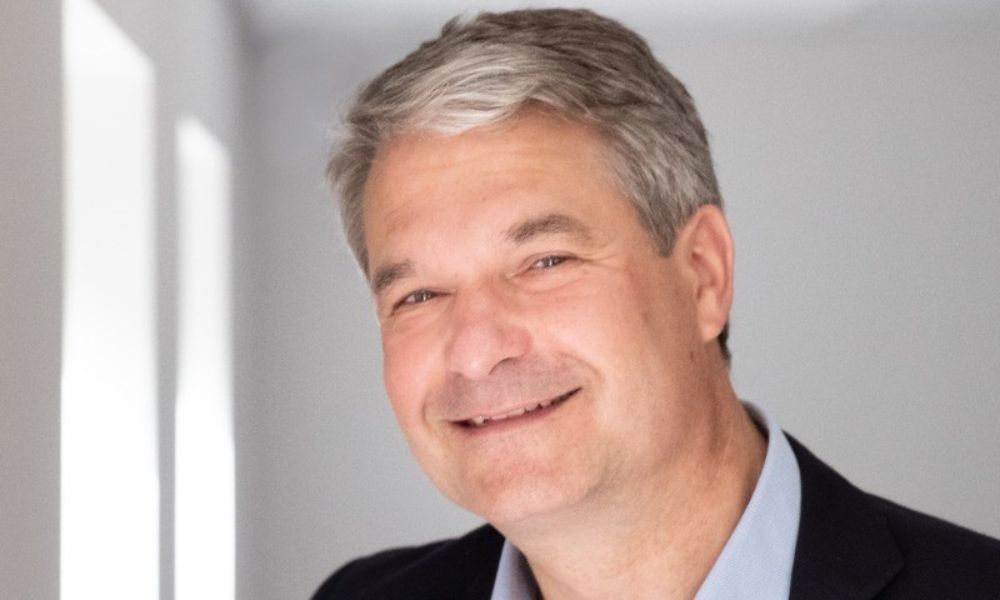
This serves as a favourable pricing environment in property and specialty businesses

Global property and casualty reinsurers were found to have strong earnings that had solid premium and investment income growth, a report by Morningstar DBRS found.
According to the report, the growth had largely benefitted from the continuous favourable pricing and interest rate environment. The report said that all of the selected global top P&C reinsurance firms saw significant net income growth during H1 2024 compared to what was recorded in the previous year except for SCOR S.E. and PartnerRe Ltd.
From the $10.3 billion recorded in H1 2023, the total aggregated net income for the same period this year has seen a 25% year-over-year increase, to a total of $12.9 billion. Notably, H1 2024 was said to be one of the costliest half years for natural catastrophe losses within the last 10 years. Despite this finding, there were a select few among reinsurers that maintained their high profitability with disciplined underwriting.
Selected Bermuda-domiciled reinsurers continued to have strong contributions to their aggregated net income even if there was a slight slowdown in the growth of the performances of underwriting and investments. Even though SCOR saw a loss during H1 2024 because of the assumption review made by its Life & Health reinsurance business, its P&C reinsurance business still reported growth.
Some reinsurers said that they experienced low natural catastrophe losses in the first quarter of 2024. However, the frequent mid-sized natural disasters that happened in Q2 2024 led to a higher but still low average combined ratio for the group which was relative to H1 2023. It was also believed that natural catastrophe losses will increase in H2 2024.
Meanwhile, with the current high-interest-rate environment, global reinsurers continued to receive benefits since they typically reinvested their maturing securities into higher-yielding securities while maintaining a similar risk profile.
The report’s outlook for the global P&C reinsurance market continues to be positive even with the high natural catastrophe losses as well as the likely lower interest rates all around the world.
What are your thoughts on this story? Please feel free to share your comments below.
Keep up with the latest news and events
Join our mailing list, it’s free!



















